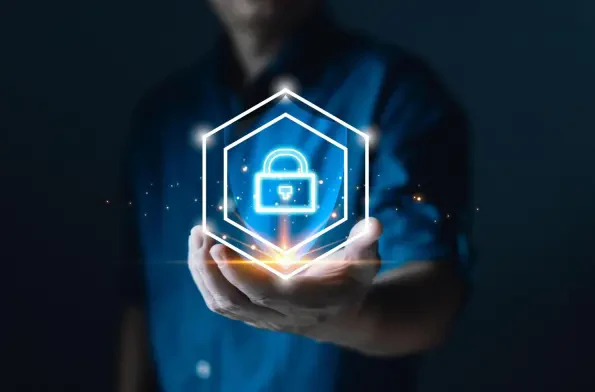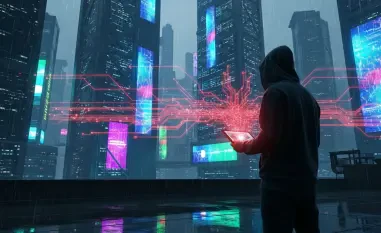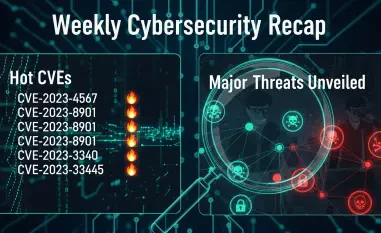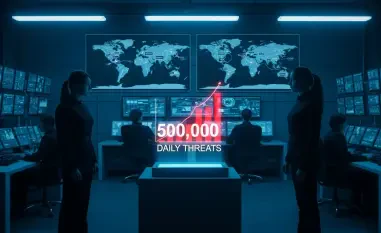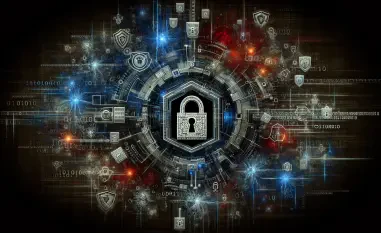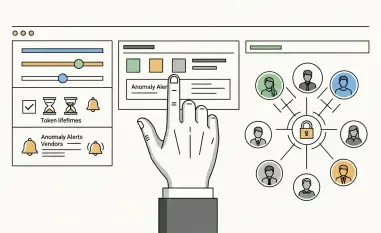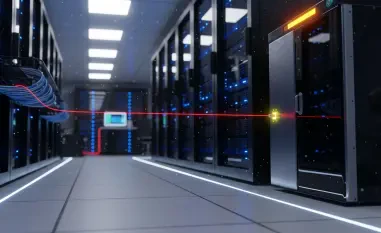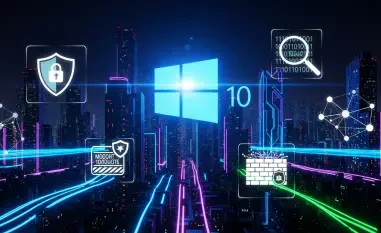Malik Haidar is a renowned cybersecurity specialist whose work has fortified the defenses of numerous multinational corporations against some of the most sophisticated digital threats. With expertise spanning analytics, intelligence, and security integration, Malik has consistently advocated for incorporating business perspectives into cybersecurity strategies. Today, Malik sheds light on emerging cybersecurity challenges and offers insights on countering advanced cyber threats.
Can you explain the identity attack techniques employed by Scattered Spider?
Scattered Spider is known for utilizing sophisticated techniques to exploit identity vulnerabilities. They commonly engage in social engineering, where attackers manipulate individuals into revealing confidential information, which can then be used for unauthorized access. Organizations can defend against these techniques by implementing rigorous authentication processes, regular employee training, and deploying advanced security analytics to identify anomalies. If these methods aren’t countered, businesses face severe consequences, including data breaches, financial loss, and compromised customer trust.
Why is it essential to protect Microsoft Entra ID data?
Microsoft Entra ID is critical because it serves as a key repository for identity management and access controls in an organization’s digital infrastructure. Threats to Entra ID data can lead to unauthorized access, data manipulation, and potential breaches. Organizations should prioritize its security not only because of these threats but also due to regulatory compliance requirements and the operational continuity that hinges on secure identity systems.
How do cyber threats impact supply chains in today’s interconnected industries?
Cyber threats radically disrupt supply chains by targeting their weakest links—often the third-party vendors. These vulnerabilities can lead to infiltration right through to primary business networks. For example, the ransomware attack on Change Healthcare in 2024 highlighted the fragility of supply chains, resulting in the theft of sensitive health information and operational chaos. Such breaches underscore the need for comprehensive cybersecurity frameworks and ongoing vigilance in managing vendor relationships.
What distinguishes ResolverRAT as a sophisticated remote access trojan in cyber-attacks?
ResolverRAT stands out due to its deployment tactics, which include phishing and DLL side-loading, allowing attackers to stealthily control systems. This remote access trojan uses fear-based phishing lures to push recipients into downloading malware. Recently, attackers have tailored phishing campaigns using localized emails, enhancing their authenticity and success rate in targeting healthcare and pharmaceutical sectors.
What can you tell us about the 125 flaws Microsoft patched recently?
Microsoft’s recent patch addressed a substantial number of vulnerabilities across its products. Of particular note is the elevation of privilege flaw within Windows CLFS, actively exploited by attackers and posing significant risks if left unaddressed. The patched vulnerabilities were categorized into several types, with privilege escalation being the most prevalent, reflecting the persistent dangers these vulnerabilities present in digital environments.
Who is FIN7, and what are their known cyber activities?
FIN7 is a notorious cybercriminal group recognized for its advanced malware arsenal, including the Anubis backdoor. This tool enables them to hijack Windows systems via compromised platforms, giving complete control over infected machines. Over time, FIN7 has shifted towards ransomware, employing sophisticated tactics to maximize disruption and financial gain. Their modus operandi includes targeting high-value data and deploying ransomware affiliates to widen the scope of their attacks.
What is your forecast for cybersecurity trends in the coming year?
The field of cybersecurity will continue evolving, with an increased focus on AI-driven analysis and automated defense systems. Businesses must remain agile, adapting to new threats that emerge from technological advancements. It’s imperative to foster a culture of security awareness and resilience, integrating cybersecurity at every operational level to anticipate and effectively thwart future attacks.
